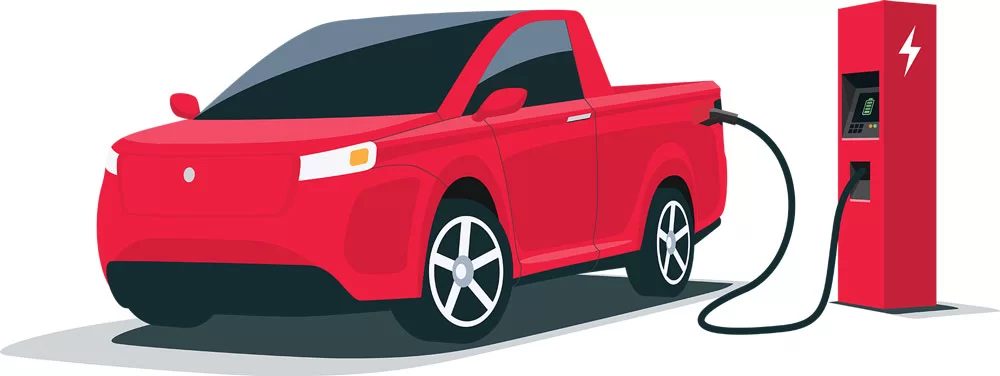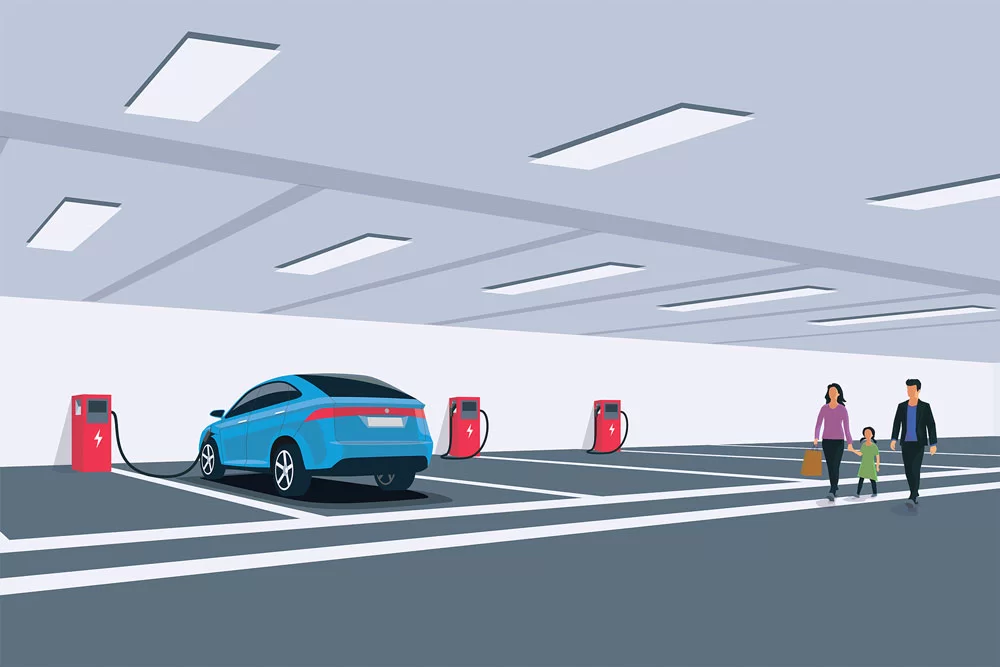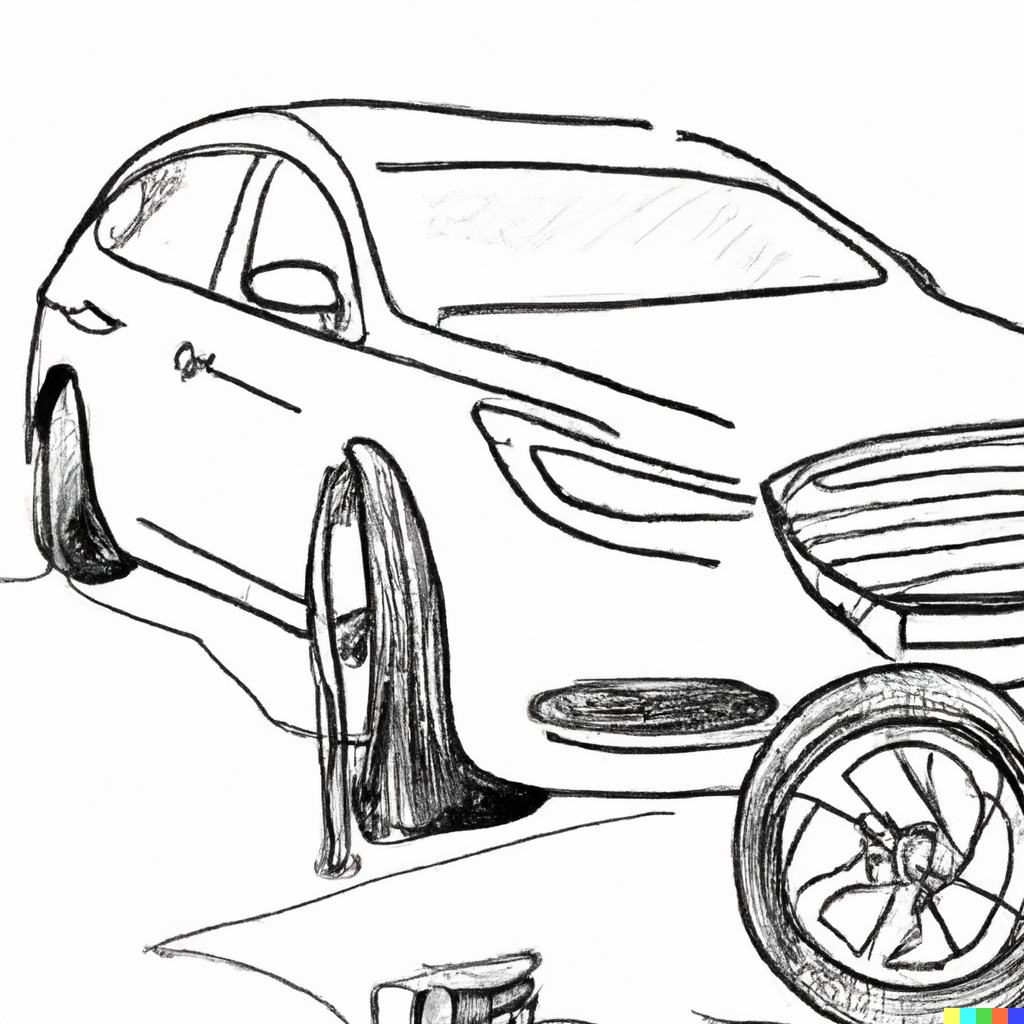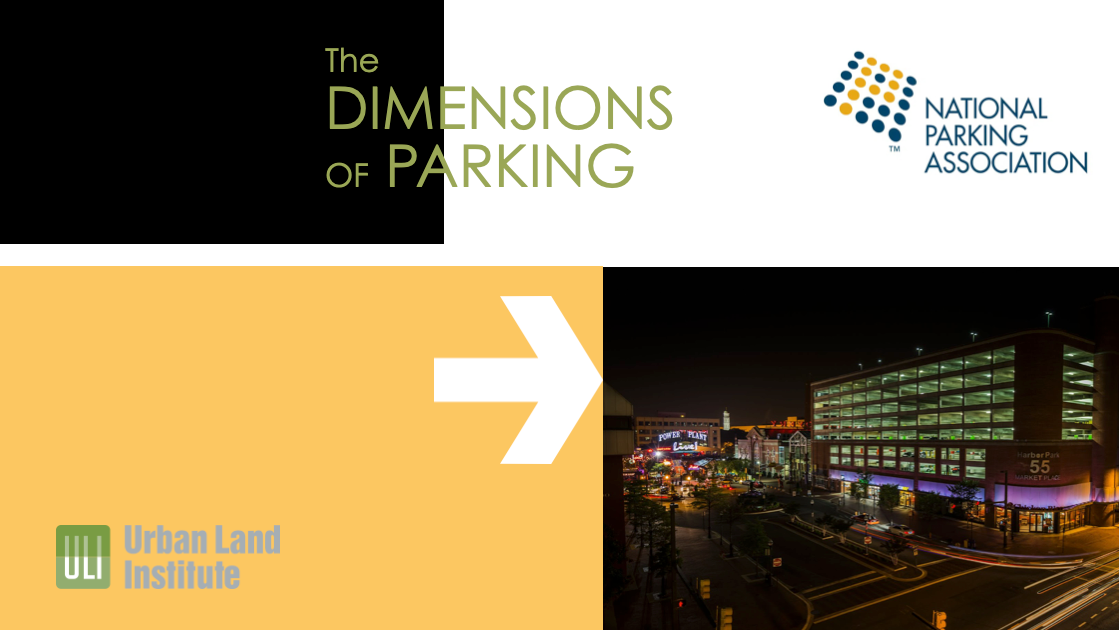But only if we adapt!
From the death of parking due to self-driving Ubers to concerns over chauffeured teens that will never get a license, the parking and mobility industry has seen a recent spate of dubious predictions that have turned out to be overblown and overhyped. The notion that parking can and should be the gas station of the future is not one of them.
The Battery Electric Vehicle (BEV) market is in transition and the time is right for the parking and mobility industry to take advantage of that shift. But to ensure that that future becomes a reality, we must start planning and implementing now.
Why now?
While BEVs represented only 1.5% of the U.S. market in 2020, the number of new BEV registrations more than doubled during the first half of 2021—an increase of almost 118% in six months. While BEVs still only represent a small percentage of the market for new cars now, a revolution in car-buying is underway.
BEV’s are currently clustered in states like California, Texas, and Florida, where average incomes tend to be high and solar electricity popular. But that is changing fast, as car buyers are increasingly open to the new technology.
First, the market is influenced by regulatory changes. California will ban the sale of Internal Combustion Engine [ICE] vehicles in new cars starting in 2035, so car producers have no choice but to adapt to stay relevant in that large market. They will need to do so well before 2035 if they want to keep up with Tesla, which sold one million BEV’s in 2021 and has a market capitalization more than $1 trillion, more than Ford and GM combined.
Beyond that, several trends, happening concurrently, will boost EV sales. The cost of purchasing a BEV is coming down, single-charge driving range is increasing, and relative costs of ownership appear to drop as the price of gas increases (as it did, by almost 60%, in 2021).
Even if gas prices come down, BEV’s sales are not likely to decrease. Why? Because we are rapidly approaching a tipping point in terms of preference. The best example of this is the introduction of one electric truck: the Ford Lightning F-150.
The Lightning, which goes on sale this spring, is one of about 100 pure electric car models that will be introduced by the end of 2024. But, as the electric version of the pickup that belongs to the best-selling vehicle line of any kind in the US, it stands out from the pack as the vehicle that could help Ford compete with Tesla in terms of EV sales and, in doing so, tip the U.S. into an electric destiny.

This is because the F-150 Lightning is, well, cool, with plenty of features designed to appeal to the traditional pickup crowd. The driver can now fit two full sets of golf clubs or secure valuable tools in that front area that used to hold the costly, smelly, dirty, oil dripping ICE. Or if they want, they can fill the space with ice and chill beer. Yes, there is a drain plug built in. In a blackout, the electric F-150 can reverse the flow of electrons and power a house for up to three days or serve as a generator on a job site. Plus, it can rocket from zero to 60 in 4.5 seconds. If Ford can bring the BEV to the masses, it can slay the reputation that electric vehicles are only for the rich. And like a massive bolt of Lightning, the market will be rapidly and permanently changed.
So far, signs point to that happening. In December 2021, Ford had to close pre-orders after 200,000 reservations flooded in, overrunning production projections. They have since doubled the initial production run for 2022-23 to 400,000. In short, there is a better vehicle class quickly gaining popularity, with features that take driving to the next level. And if BEVs help save the planet, that is a nice little value add.
Leveraging the Disruption in the Market Place
But why is this disruption in the market parking’s opportunity? Won’t gas stations simply convert to charging stations?
Not necessarily. And even if they do, consumers won’t necessarily continue to use them—if they have a better alternative. Already, EV users are establishing new habits. The California Air Resources Board estimated that “upward of 85 percent of EV charging occurs at home.”
Given this willingness to change behavior, there is an opportunity for parking facilities to establish themselves as the go-to spot for EV charging, instead of gas stations.
Traditional gas stations, with their mini-marts, are designed around the needs associated with a quick stop for a five-minute gas refill. The EV charging experience, which takes a minimum of 20 minutes at the fastest current rates, would be better suited to a different environment.
Charging speed is a key factor in decisions around away-from-home EV charging. Currently, there are two primary types of chargers, each of which delivers a specific product: Level Two 240-volt chargers, which can recharge a vehicle in about eight hours, and Level Three DC Fast chargers, which can charge an EV from empty to full in just 20 to 40 minutes.
The Level Two chargers hit the parking industry’s sweet spot. They are ideal for people parking their cars for long periods, either all day while they are at work or, for city dwellers without access to a private driveway, overnight. These needs can be easily met by garages and parking lots spread across densely packed urban areas where people work and live.
Level 3 DC Fast chargers function more like traditional gas stations—but not exactly like them. They are primarily needed along major interstates, strategically placed between population centers. But because the charging time can be up to 40 minutes, consumers will look for options beyond an old-fashioned mini-mart, such as coffee shops and nice restaurants that offer a place to relax for up to an hour.
The network of fast chargers is rapidly growing. With $2 billion in funding from Volkswagen’s 2016 diesel emissions settlement, Electrify America is building out a national network of Level Three fast chargers. Soon this network, open to any BEV, will rival Tesla’s extensive but closed network of fast charging locations. Several other companies are also competing for market share.
The initial fast charge build-out has focused on strategically placing Level Three chargers at critical points between dense population centers. But there is also a secondary need for fast chargers dispersed within major population centers—and this too is an area where the parking industry can thrive.
The charging networks are actively looking for locations that will provide fast charging opportunities when a driver is shopping at the grocery store, eating dinner, hitting the gym, or running quick errands. A 30-minute quick charge costs more than an eight-hour charge, but convenience can make it worth the premium.
Plus, Audi, BMW, Lucid, and others are partnering with Electrify America to provide up to three years of free charging with the purchase of a new vehicle, making the fast charge option even more attractive.
So, the race is on to install branded fast-charging stations in high traffic locations next to businesses, restaurants, and services that attract customers for 20-60 minutes already well served by the parking industry. As BEV’s replace ICE’s as the propulsion of choice, demand for charging will skyrocket.
A Coordinated Strategy
To help meet the rising demand for charging options, the 2021 Infrastructure Bill includes a $5 billion investment in state-administered grants for deploying electric vehicle (EV) charging stations nationwide.
As an industry, we need to formulate a coordinated and comprehensive strategy to pursue the government funds offered and use them to establish the parking lot as the natural location to “refuel” your car when away from home or unable to charge at home.
As an industry, we can make the argument that street parking, already losing ground in the fight for the curb, is not the ideal solution for our looming electrification needs. It is more expensive to wire, install, and maintain chargers on the sidewalk, which makes it harder to recoup the investment into charging stations. It is also harder to determine the balance between electrified and non-electrified spots needed in a rapidly evolving market that also has to consider city planning and use needs including traffic, delivery trucks, TNC passenger zones, restaurant carry out pick up, and valet. Charging stations are rarely the highest and best use for valuable curb space.
Instead, we should focus on charging in off-street parking lots and garages. Here, stations can be clustered close to the electricity source and the number of stations can be easily expanded via simple conduit runs to adjoining spaces. In off-street locations, drivers can charge their vehicles free of concerns about traffic and pedestrians can traverse sidewalks without concern of tripping over charging cables or having their view of street traffic blocked by charging equipment.

The $5 billion in EV charging infrastructure is currently being divvied out to state governments—so now is the time for national parking and mobility institutions to work together with regional trade groups to collectively lobby the 50 states. This is not about a money grab; it is about ensuring that the professionals and industry best suited to answer this rapidly growing demand have a strong voice in guiding the policies being written right now.
How to Monetize
Earlier this year, I was shocked to learn that some garage owners were removing charging stations from their facilities. Across the street, in my garage, I am providing free EV charging and turning a profit for my efforts. Why would they give that up?
The answer, it turns out, was simple. These facilities installed stand-alone chargers in inconvenient locations and neglected to provide consumers with relevant information. You can’t wait for BEV drivers to enter your facility to let them know via a 12”x12” sign that you have charging available. You need to market them.
Traditional gas stations install giant signs on the side of the highway to let drivers know, from miles away, that they can refuel at the next exit—and those signs work. While roadside signs are effective for gas, reaching the BEV consumer requires a slightly different approach.
BEVs are loaded with technology and their drivers use smartphones. Given this, installing chargers that are connected to a specific charging network is critical. Drivers use these apps, many of which are integrated into vehicle entertainment systems, not just to find nearby charging but to locate specific stations that are available, learn about charging rates, and even to make reservations for a specific charger. Failure to be tied into a network means that drivers will not find you.
So first, research the charging networks and choose one that has a high adoption rate in your community.
These networks also offer flexibility, with online tools that make it easy to set and adjust pricing and publicize those rates. In one facility, I provide free charging for up to four hours or when the battery is full, then the price jumps to $5 an hour, to motivate drivers to move their vehicle. The network I work with advertises my spaces and brings in drivers I would not have otherwise been able to target. And if I need to make an adjustment in pricing structure, I can do that with a few clicks of a mouse.
Additionally, I have worked with one of the Level Three network providers on a ten-year agreement to rent dedicated parking spaces in my facilities, so they can sell Level Three fast charging. The agreement, like a cell tower lease, gives fast charge drivers an hour of free parking, with the expectation that some will move their cars to a traditional spot (paying standard rates).
What’s Next?
Of course, not all spots need to be electrified. Traditional vehicles are not going away completely—and even if they did, a full transition to EV would take more than a decade. Plus, not all drivers will need to charge every day. While the exact number of charging stations vs. traditional spaces is not yet clear, it is likely between 15% and 30% – still a significant number. Now, before that need explodes, is the time to start preparing.
So how do we begin? First, place charging stations in prominent easy to find locations. Work with established networks and think creatively about pricing models that make sense for you and your customers, and most importantly—remain flexible. As an industry, we need to remain nimble, learning as we go.




